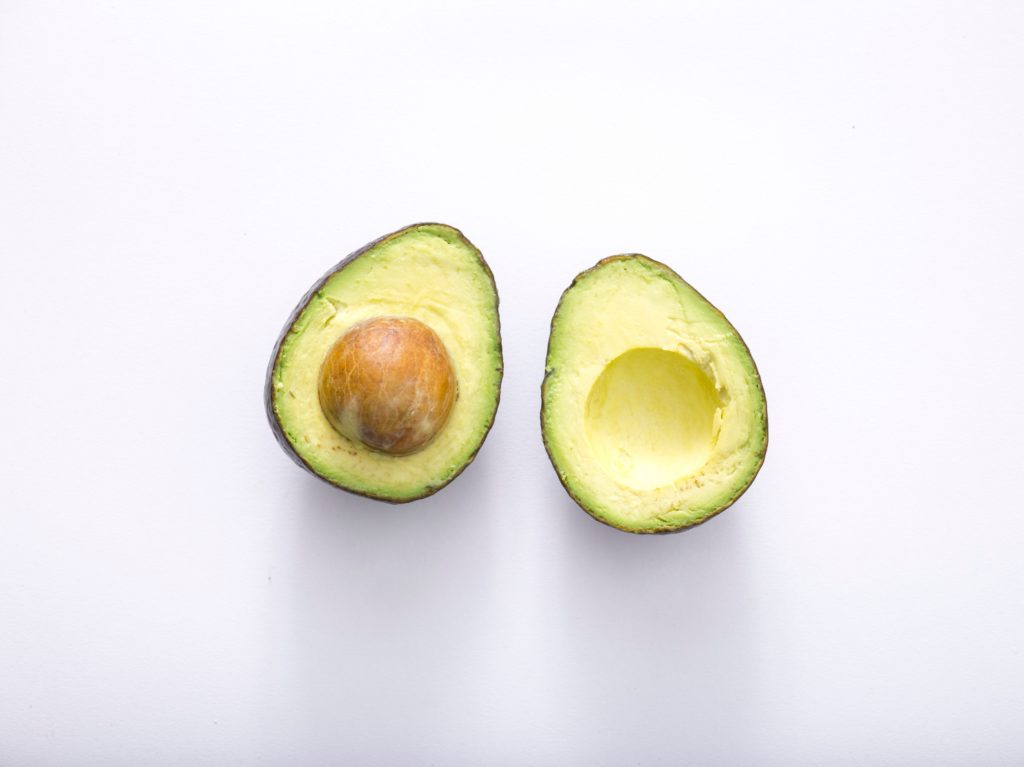
Blog
Are We Preventing the Next Avocado Panic?
In 2019, skyrocketing demand for avocados, a reduced crop yield in California and border tensions with Mexico led to a shortage that came to be known as the Great Avocado Panic or “Guacapocalypse.” The beloved superfruit, staple of football tailgates and millennial diets, tripled in price. Avocados disappeared from shelves and menus. Brunch toast went dry. Experts set the avocado doomsday clock at three weeks if supply chains were shut off from Mexico and hoarding ensued. The crisis’ fervor was rivaled only by the short-lived supply of the Popeye’s chicken sandwich.
The shock was amplified by the simple fact that product shortages in America are rare. When shortages do happen, it’s often the first time many Americans become aware of the supply chain: a complex system, made up of thousands of processes and decisions, that ensures products arrive at stores and doors safely and consistently.
Supply chains, when operating efficiently, are largely invisible. That invisibility belies its importance. When it comes to the products Americans rely on every day, from coffee to toothpaste, frictionless supply chains are a defining factor in their accessibility and affordability. It’s an invisible infrastructure that consumers have the luxury of ignoring. Unfortunately, many of the legislators who could help ease pain points in the supply chain don’t see the problems either.
Right now, CPG companies — representing a fifth of all U.S. freight transportation — are trapped in an endless cycle of feast and famine when it comes to transportation availability. In 2018 a major transportation shortage threatened to drive up prices on millions of goods. Truck manufacturers couldn’t make trucks fast enough to meet the 200,000 needed to stave off the shortage. The American Trucking Association said that nearly 900,000 new drivers need to be hired over the next decade to meet these spikes in demand — but government forecasts suggest we’ll only hire 100,000. To combat this, industry is doing what it can to create efficiencies and keep consumers from shouldering cost increases. The market eventually adjusted and, as it stands currently, the pressure has eased. For now.
A transportation crunch like we experienced in 2018 will happen again. It’s a reality the CPG industry knows all too well. And if we’re going to get serious about stabilizing America’s supply chains, we need to do more now to prevent future cycles of cost volatility.
The CPG industry is creative, innovative and nimble, but only the federal government is positioned to enact the most critical changes. But the invisible nature of supply chains is hindering critical policy advancement in Washington. Compounding the issue is that lawmakers often make other policy decisions without considering the supply chain at all, leaving the door open for additional uncertainty, causing costs to rise and investments to get put on the back burner. The truth is, just like the rest of America, federal lawmakers aren’t waking up every day thinking about how to streamline U.S. supply chains.
But what if they were? What if we could alleviate friction points in the CPG supply chain by working in tandem with Congress and the administration, solving problems at the federal level?
We could start first by amending rigid, one-size-fits-all Hours of Service regulations to give drivers greater flexibility, address oversights in the current rules and make U.S. roads safer for everyone.
We could clear the regulatory runway for next-generation technology, authorizing pilot programs and helping companies plan for the workforce of the future through collaborative training and academic programs. Innovation is a supply chain leader’s best friend — it’s how they do their job so well. Autonomous trucks, delivery drones and even Hyperloop technology could become a reality, driving untold economic, environmental and societal benefits. From big data applications and AI, to robotics and autonomy, to blockchain and digital disclosure tools, we’re at an inflection point in supply chains. And that reality isn’t too far off. The more policymaking keeps up with this innovation cycle, the more our economy benefits.
We could double down on improving critical infrastructure, come up with a long-term transportation funding solution, improve freight rail and maritime shipping performance. And we could pull together the private sector, regulators and the NGO community to propose ideas to enhance traceability and transparency in a way that benefits consumers and improves safety and sustainability outcomes.
If this all sounds like a lot, it is. There’s no silver bullet solution. Supply chain is an area where lots of little things add up. Even the smallest change — extra truck weight allowances, streamlined clearances at the U.S. border, more fairly enforced railyard fees — has an impact and is worth considering.
Every day, CPG supply chain leaders across the country solve problems. They treat symptoms of issues that are born out of policy decisions, market influences and megatrends that shape the world around us. They are believers in the art of the possible and the potential for growth. And they take their jobs very seriously when it means consumers — including their own families — depend on them. What they could use is help with the problems they can’t solve. And for that, it will take motivated members of Congress and the administration to think about the options they have to remove frictions in the supply chain that will benefit American consumers.
Published on January 10, 2020
Our Updates, Delivered to You
Receive the latest updates from the Consumer Brands Association.




